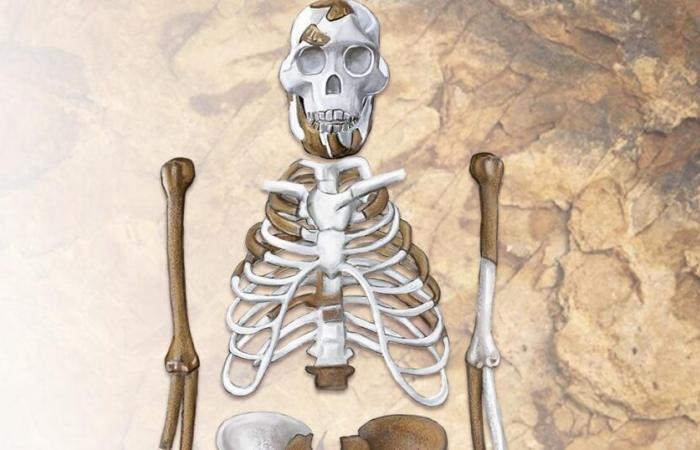INFOGRAPHIC – Fifty years ago, the discovery in Ethiopia of an intriguing 3.2 million year old skeleton marked a turning point in the understanding of human evolution.
On November 24, 1974, a team of researchers led by Donald Johanson and Yves Coppens unearthed the partial skeleton of a hominid in the Afar Valley, Ethiopia. Nicknamed Lucy in reference to the song Lucy in the Sky With Diamonds by the Beatles, which researchers listened to on the evening of its discovery, this australopithecus is an exceptionally rare find, with 40% of its skeleton preserved.
An exceptional fossil
This fossil reveals fascinating details about the species' morphology and posture Australopithecus afarensiswhose characteristics prove essential for understanding the bipedalism and movements of early hominids.
The origins of bipedalism
One of Lucy's greatest contributions is her skeleton, which illuminates the evolutionary transition between moving in trees and walking on the ground. Its broad pelvis and leg bones suggest that it was bipedal, an essential attribute to our lineage. However, Lucy also had long arms and curved fingers, signs…
This article is reserved for subscribers. You have 49% left to discover.
Black Friday
-70% on digital subscription
Already subscribed? Log in






